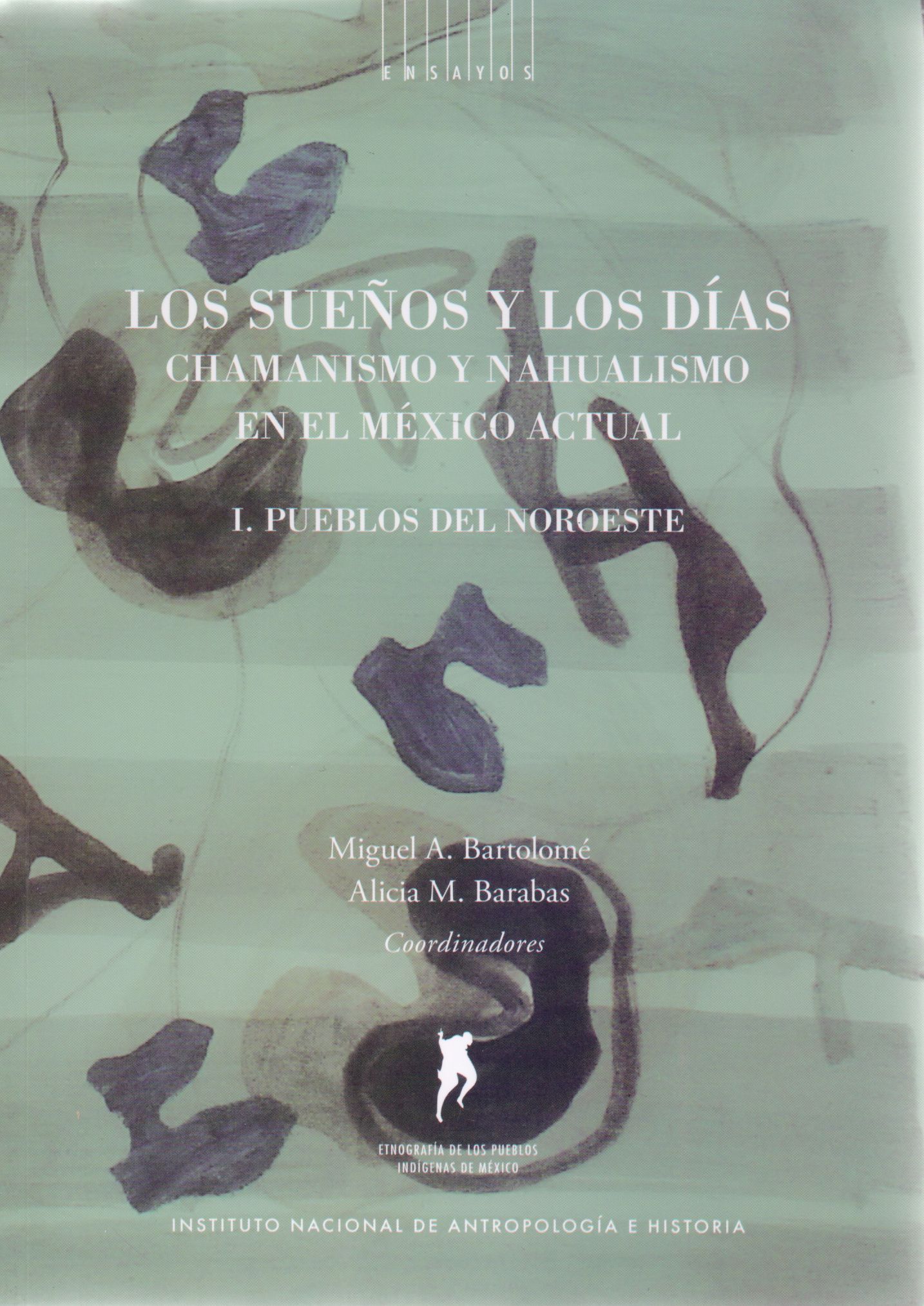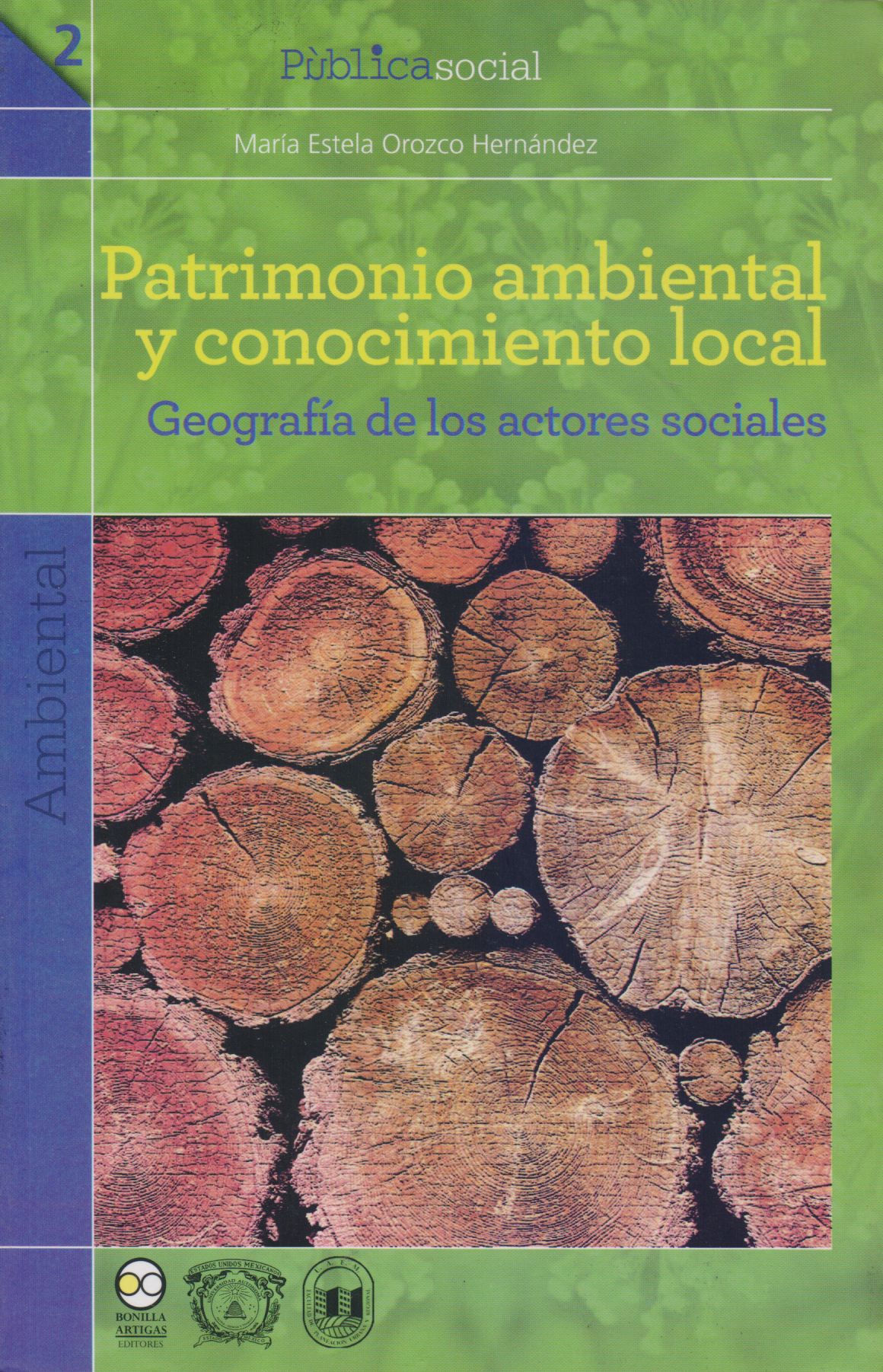Libros relacionados
 |
Niños el Hogar y la Calle, Los Sánchez Calleja, María / Salazar Anaya, Delia Instituto Nacional de Antropologia e Historia |
 |
Sueños y los Días, Los. Chamanismo Nahualismo en el México Actual / I. Pueblos Bartolomé, Miguel / Barabas, Alicia Instituto Nacional de Antropologia e Historia |
 |
Historia Geografica, Civil y Natural de la Isla de San Juan Bautista de Puerto R Abbad / Acosta Doce Calles |


|
Título: Pest Risk Modelling And Mapping For Invasive Alien Species | |
| Autor: Venette, Robert | Precio: Desconocido | |
| Editorial: Cabi Publishing | Año: 2015 | |
| Tema: Geografia | Edición: 1ª | |
| Sinopsis | ISBN: 9781780643946 | |
| The International Pest Risk Mapping Workgroup acknowledges that advanced training and a 'tool kit' of software packages are needed to produce pest risk maps that are fully fit for purpose. This book is an initial attempt to address those needs. Invited chapters emphasize specific steps and data requirements to guide users through the development of pest risk models and maps, or components thereof. Each chapter describes assumptions behind each model, briefly addresses pertinent theory and illustrates key concepts through worked examples. Chapters 1 and 2 offer introductory comments about general goals and challenges of producing pest risk models and maps for invasive alien species. Chapters 3 and 4 address the arrival of new invasive alien species, either through international trade or aerial dispersal. Chapters 5, 6 and 7 describe techniques to determine where invasive alien species might establish. Chapters 8 and 9 convey methods to characterize or measure the spread of invasive alien species. Chapters 10, 11 and 12 explain specific methods to assess the potential economic or environmental impacts of biological invasions and the benefits of management. Chapters 13 and 14 describe methods to measure a common form of uncertainty in pest risk models (i.e. parametric uncertainty) and how to formally incorporate uncertainty measures into products for decision makers. The text concludes with a general discussion of measures of model validity and reliability. The text emphasizes the application of models to terrestrial ecosystems, in particular to invasive alien species that might affect plants, such as pathogens, insect pests and weeds. Many of these approaches could be adapted to invasive alien species that affect livestock, wildlife or aquatic ecosystems | ||
Librería Bonilla SA de CV © Todos los derechos reservados. 2019
Última actualización: Jul 2019





